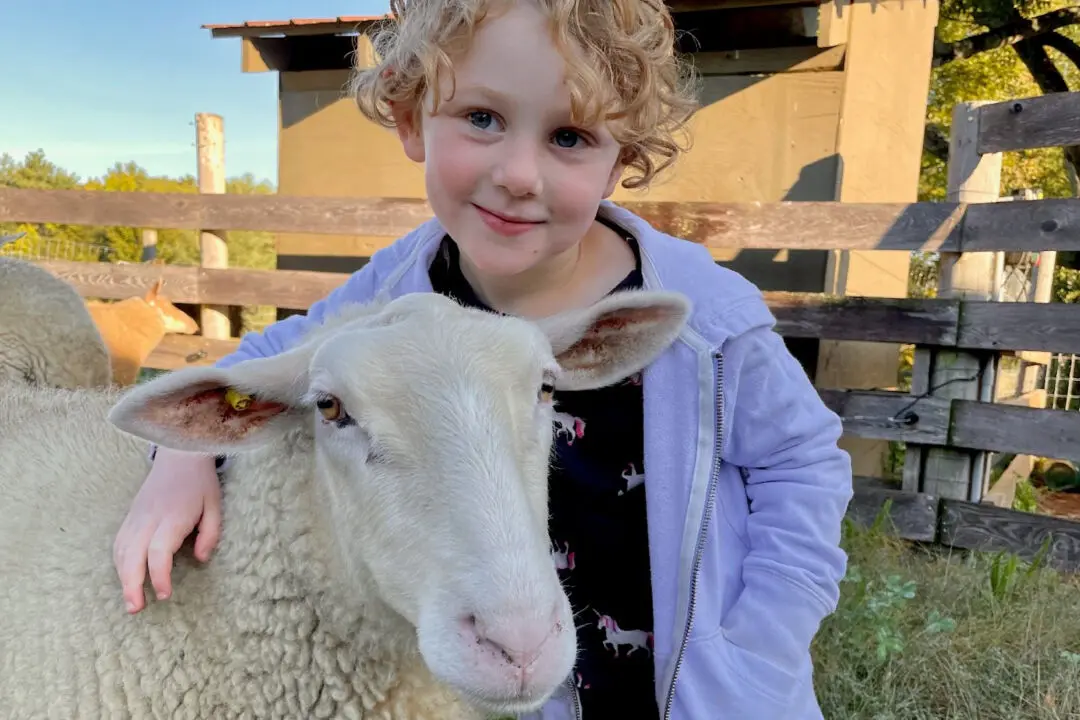Barbara and Robert Kline kept their eyes peeled for elephants while their son, Tom, and his wife, Betty, scanned streams for glimpses of crocodiles. It was the antics of monkeys that made 12-year-old Nancy and John, 10, squeal with delight. Scenes like this are repeated around the world, as family members of various ages share the enjoyment and education that traveling together offers.
Whether it’s called intergenerational or multigenerational travel, the concept is the same. Members of a family travel to destinations near and far and return home with shared memories, new insights, and a sense of increased bonding with their relatives.





